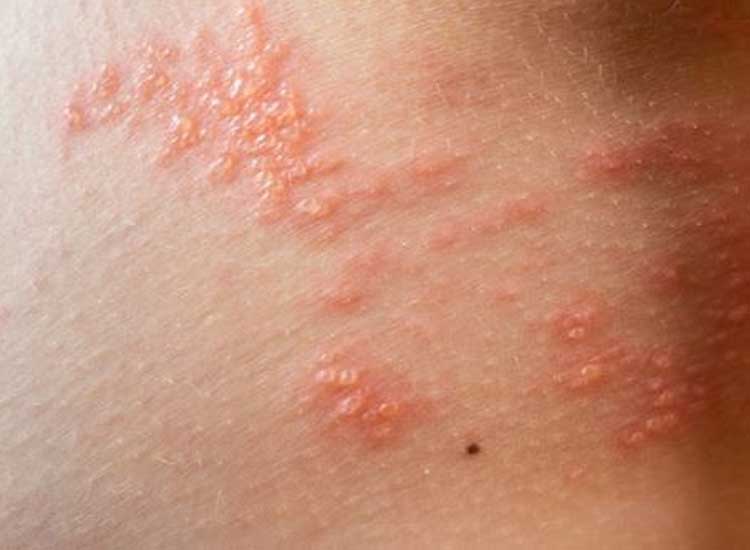Mother, come on, find out 6 symptoms and ways to prevent chicken pox -Jakarta – Children are vulnerable to various diseases, because they have an immune system that is still not perfect. One disease that often attacks children is chicken pox. The disease caused by the varicella zoster virus can actually attack anyone of all ages. However, chicken pox is more common in children under 12 years of age. Therefore, as parents, mothers need to know how to prevent chicken pox so that mothers can protect their children from this disease. Apart from that, by knowing the symptoms of chickenpox in children, mothers can also provide treatment as quickly as possible if their little one has chickenpox.
How Chicken Pox Is Transmitted
The varicella zoster virus , which causes chicken pox, can spread very easily and quickly. The way this virus spreads is through the air when the sufferer coughs or sneezes or when he comes into direct contact with mucus, saliva, or fluid from the sufferer’s blisters. The sufferer has the potential to transmit the chickenpox virus from two days before the symptoms of the rash appear until all the dry crust on the wound disappears. That is why people who are sick with chickenpox should not leave the house for activities so as not to transmit the virus to other people.
Symptoms of Chicken Pox
Chickenpox will not immediately cause symptoms after you or your little one is infected with this disease. However, symptoms of chicken pox usually only appear 10-21 days after the body is exposed to the varicella virus. Mothers should be alert if their child shows the following symptoms of chickenpox:
- Fever
- Dizzy
- Throat pain
- Weak
- Decreased appetite
- A red rash appears which usually starts on the stomach, back or face, and can spread throughout the body. The characteristics of this rash include being red, small and filled with fluid. This rash appears gradually and will increase over 2-4 days.
Here are three stages of rash development before reaching the healing stage:
A prominent red rash.
The rash changes into fluid-filled blisters ( vesicles ) that can burst within a few days.
The blisters then break and form a dry crust that can disappear within a few days.
Mothers need to know that these stages of chickenpox rash development do not occur at the same time. The rash will appear continuously while the infection is still ongoing, but will subside and disappear completely within two weeks.
In children and newborns who have a weak immune system, the chickenpox rash can spread more widely. Mothers also need to be alert to the following signs of complications that might occur in their little one:
A rash appears on one or both eyes.
The color of the rash becomes very red and warm. These symptoms indicate a secondary bacterial infection.
The rash is accompanied by symptoms of dizziness, increased heart rate, shortness of breath , tremors, vomiting, increasingly severe cough, stiff neck, and fever reaching above 39 degrees Celsius.
How to Prevent Chicken Pox
The most effective way to protect children from chickenpox is to vaccinate children against chickenpox. The first injection of the varicella or chickenpox vaccine can be given to a child when he is 12 to 15 months old, and the next injection can be given when the child is 2 to 4 years old. Meanwhile, in older children and adults, vaccination needs to be done twice with a minimum gap of 28 days.
People who have had chickenpox do not need to vaccinate again, because their bodies have developed an immune system that can protect them from this virus for life. Likewise with children born to mothers who have had chickenpox. The mother’s immunity can be passed on to the child through the placenta and breast milk ( ASI ) for several months after he is born.
Link Terkait :


No Responses